THE CITY OF WONDERS
A Souvenir of the World’s Fair.
BY
MARY CATHERINE CROWLEY
CHAPTER 2. LA RABIDA
[For other installments of our serialization of The City of Wonders (1894), see the Table of Contents]
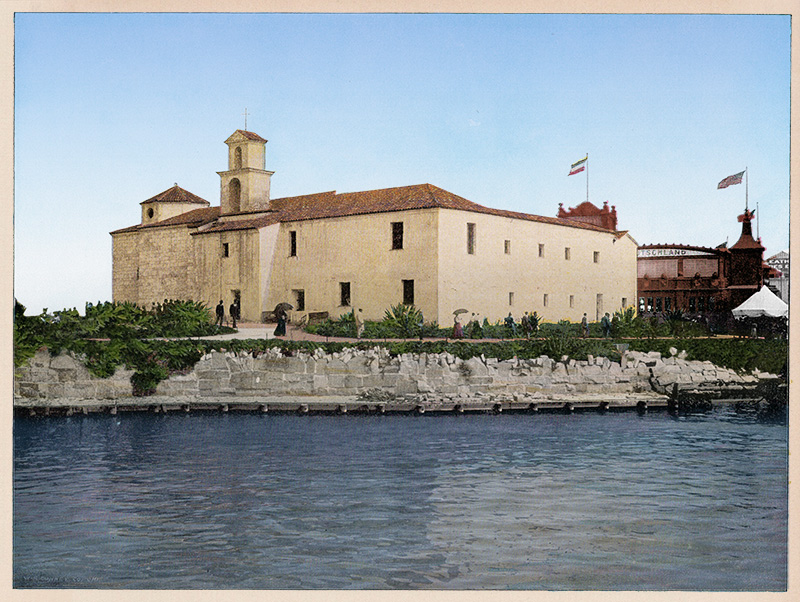
The reproduction of the Convent of La Rabida on the fairgrounds of the 1893 World’s Columbian Exposition. [Image from Picturesque World’s Fair. W.B. Conkey, 1894.]
From the splendid Court of Honor, with its stately architecture, its sparkling fountains, its mirror of waters spanned by gleaming white bridges and bordered by marble-like balustrades, its terraces of velvety grass adorned with statuary and sculptured vases filled with flowers, from all this beauty he led them to a comparatively isolated part of the grounds. Here, on a rocky elevation, above the beach upon which the waters of Lake Michigan break in ripples of foam, they beheld a plain adobe building, with small windows and a peculiar red-tiled roof, surmounted by an iron cross.
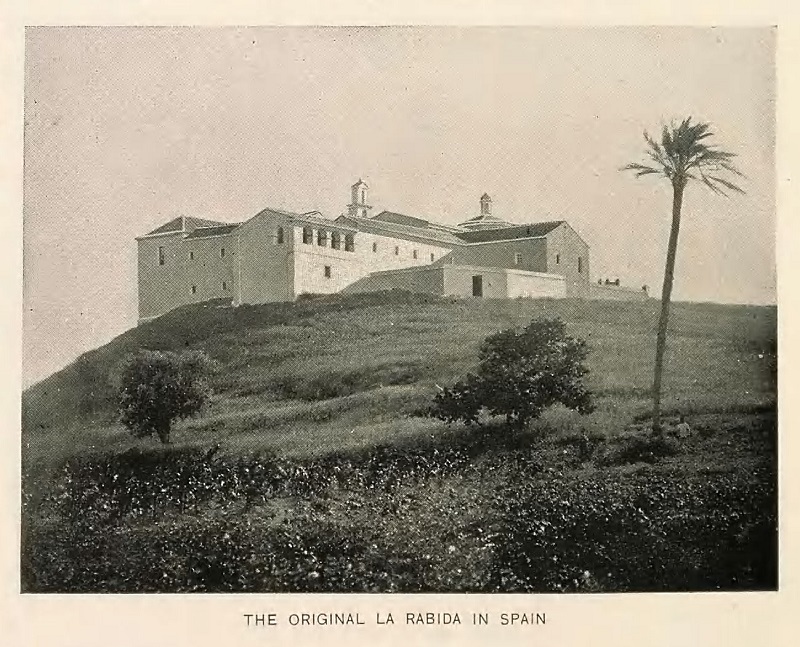
The original La Rabida in Spain. [Image from Bancroft, Hubert Howe The Book of the Fair. The Bancroft Company, 1893.]
“It is easy to imagine so,” replied her uncle, laughing.
Ellen was silent. The tears started to her eyes, she could not exactly have told why. No doubt, however, it was because she felt the contrast between this austere, monastic solitude and the brilliant scene they had left, and yet realized that it was the hospitality of the humble monastery in Spain, four hundred years ago, that made the latter possible.
As if divining her mood, Mr. Barrett remarked:
“How astonished good Father Perez would have been if he could have seen the vision of this dreamlike, shining city by the Lake, the symbol of the greatness of our country, arise before him as an outcome of his simple and pious act of kindness to a friendless stranger! Is it not a wonderful illustration of the old truth that good deeds are mariners sent forth with blessings upon the ocean of time, whose course we cannot follow, and the far-reaching effects of whose influences we can never trace?”
“We know the story almost as well as we do our prayers,” asserted Nora: “How Columbus, a weary and penniless wanderer, paused at the door of the monastery to ask the alms of a bit of bread and a drink of water for his little son Diego. The Brother porter invited them in and set refreshments before them. While they were resting, the superior, Father Juan Perez, happening to pass, noticed that this grave, thoughtful man was very different from the usual wayfarers who came to avail of the charity of the monks. He stopped to talk to him, and learned that the stranger was a navigator who bad sailed many seas, and had strange notions about the shape of the earth, and being able to get to India by crossing the ocean westward; that he had spent years at the court of Portugal, trying to prevail upon the King to fit out an expedition for him; and had received many promises, only to meet with disappointment in the end; that he was now on his way to ask the aid of the sovereigns of Spain. Father Perez, being a very learned as well as a holy man, at once became interested in his great plans; especially as it was evident that Columbus thought more of bringing the light of Christianity to the heathen ill the lands which he was sure ray beyond the sea, than of anything else. Although living so retired and humble a life, the kind monk knew powerful people at court. He gave his guest letters to them and promised to take care of the little Diego during his father’s absence. So it was through the help of this friend that Columbus was able to lay his plans before Queen Isabella.”
“Bravo, Nora! I hope you know the last page of your American history as well as you do the first,” quizzed Aleck, with a wink at the others.
Nora shrugged her shoulders, and Uncle Jack smiled as he said:
“Thus, the unbarring of the portal of the monastery to Columbus was in effect the opening of the Gate of the West. The original Santa Maria de la Rabida, or Our Lady of the Frontier, was so called because it was situated upon the boundary of the country of the Moors. The history of Columbus shows that it was an outpost of civilization and Christianity as far as the lands of the New World were concerned also; stretching out its charity toward them, and sending forth its light from the quiet cell where the saintly Father Perez studied and prayed.”

The chapel of La Rabida. [Image from Bancroft, Hubert Howe The Book of the Fair. The Bancroft Company, 1893.]
“These solemn arches, and the dim light which comes from the little windows way up near the roof, make one almost feel as if it were the very chapel where Columbus knelt before the high altar, and where Father Perez offered Mass to obtain God’s blessing on his cause,” said Ellen.
“The altar is wanting,” replied Mr. Barrett; “but that picture of the Holy Family upon the end wall is the very one that once hung above it, and these smaller ones also once graced the sanctuary of the old La Rabida. They were loaned by Pope Leo XIII.”
“What quaint old kneeling-benches! It Nora said. “And see this tall cross of mahogany, a fac-simile of the one raised at San Domingo four hundred years ago.”
“Look at this anchor near the sanctuary rail!” cried Aleck. “It seems half rusted away. It is thought to be the anchor of the Santa Maria and was found near the spot where she was wrecked.”
“In the paintings that surround us we have the whole history of Columbus, and the portraits of those who had to do with him, or with the Spanish court of his time,” Mr. Barrett observed. “Here the kind face of Father Perez looks down upon us; there Ferdinand and Isabella hold audience, and about them are grouped infantes and infantas, ecclesiastics and grandees, ¾very important personages no doubt, to judge from their imposing air, but whose names we have not time to look up in the catalogue. Come and examine the old manuscripts from the archives of the Vatican. These and the Spanish memorials and historic papers connected with Columbus, make La Rabida indeed the treasure-house of the Exposition. They are in those glass cases ranged about the chapel. The officials at either end of each case are United States soldiers; and the muskets upon which they lean are loaded, for they are here to guard the priceless relics.”
“I should think such mementos were priceless!” repeated Aleck, reading the description. “Here is a bull of Pope Alexander V. addressed to Ferdinand and Isabella, called forth by their letters to him announcing the discovery of a Western World, and granting them the same privileges of dominion over the new lands as were given to the King of Portugal on the west coast of Africa. And here are two of Alexander VI.¾one commending the further discoveries of Columbus, the other confirming the appointment of the first missionary priest to this Continent.”
“Notice, too, these bulls of Popes Julius II. and Clement VII., which also relate to America; and these old maps and charts of the sixteenth century, that belong to the Propaganda,” said Ellen.
“This document with the curious line drawn across it, is the celebrated one known as the Bull of Demarcation, and that is the historic line traced by the Pope to settle the disputes of Spain and Portugal as to their rights in the New World,” proceeded Uncle Jack. “His pen indicated the amount of territory each should have; and the proud and haughty monarchs of these countries bowed to the decision.”
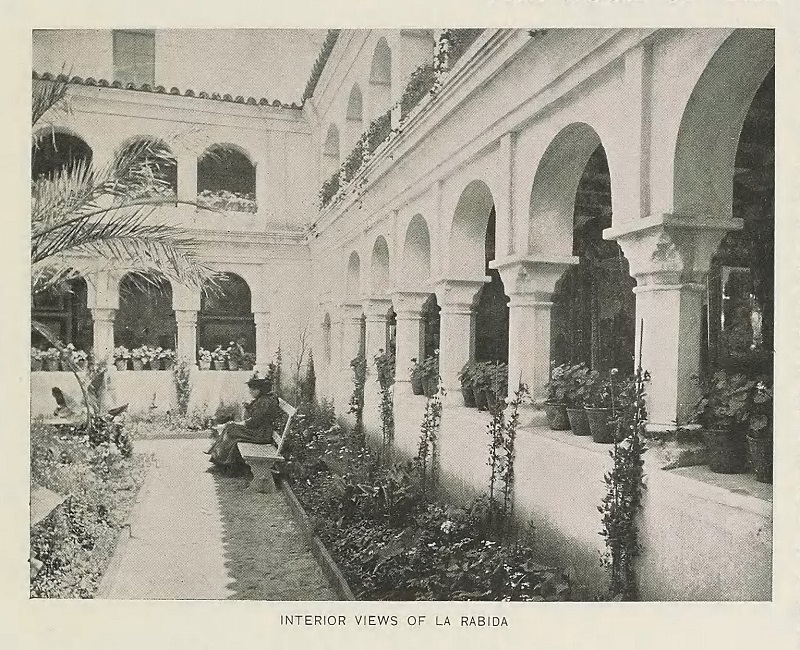
A courtyard within La Rabida. [Image from Bancroft, Hubert Howe The Book of the Fair. The Bancroft Company, 1893.]
“Oh, can you realize it?” cried Aleck, with enthusiasm,¾“That faded and tattered sheet of vellum is the very parchment signed and sealed by Ferdinand and Isabella, and given into the hands of Columbus, commissioning him to set out upon the unknown seas and seek the new lands he promised, under the banner of Spain.”
“And next are the actual royal letters patent from their Majesties of Castile and Aragon, commanding the people of Palos to furnish Christopher Columbus with two caravels for the voyage” said Ellen; “and ordering that he may take without charge anything needed for the expedition.”
“Here are half a dozen more about his second voyage,” announced Nora. “We shall become quite familiar with the royal signatures! And see this letter written by the Queen to Columbus in 1493, returning a book he had given her to read, asking him to send her a certain chart, and urging him to sail again as soon as possible.”
“Well, Isabella would not take a prize for penmanship in any school nowadays,” declared Aleck. “This looks as if her pen had set out on an exploring expedition for itself.”
“Now we reach the letters of Columbus,” Ellen continued; “One to Alexander V., several to the King and Queen, and a whole series to his son Diego. To think that those words before us were written by the Discoverer of America!”
“He writes ‘Christopher’ with a cross, as we sometimes do Xmas,” said Aleck.
“And beneath the signature of all his papers are the initials X. M. J., which signify Jesus, Mary and Joseph , and show that all his enterprises were undertaken in these holy names,” added Uncle Jack. “Last, but certainly not least, we come to the will of Columbus. By reading the translation, you will see that he, who gave a new world to Spain, was able to leave to his family little besides a heritage of royal promises, many of which were never fulfilled.”
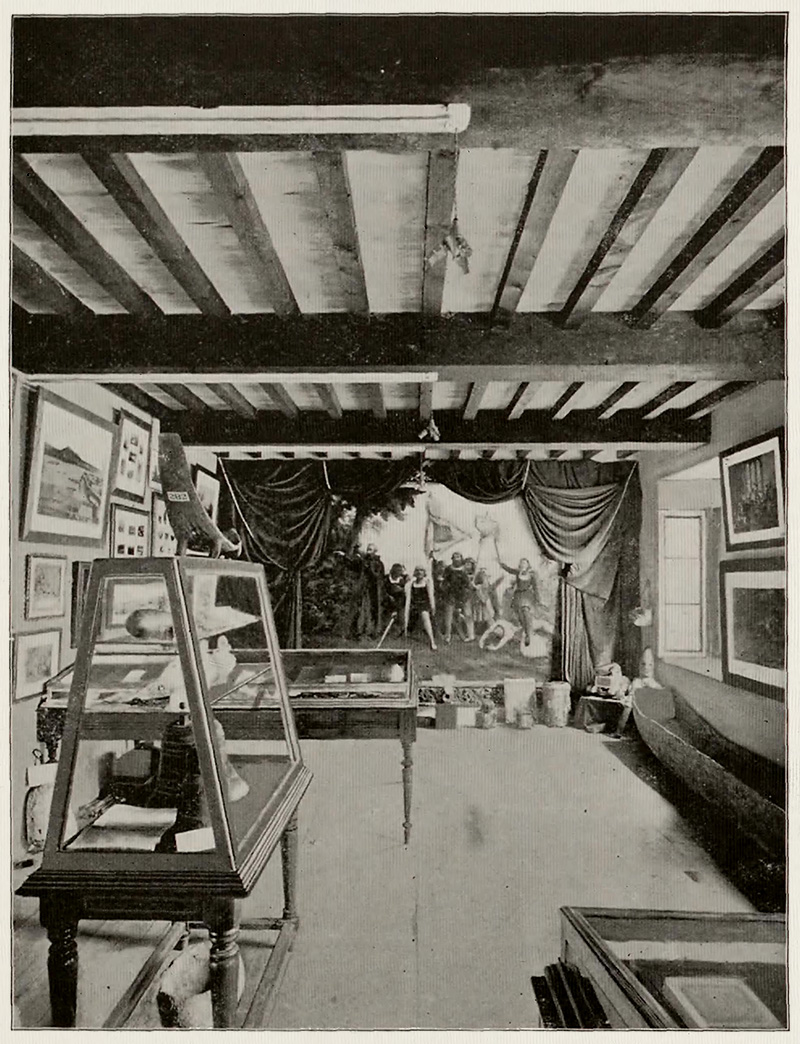
The interior of the monastery of La Rabida. [Image from Bancroft, Hubert Howe The Book of the Fair. The Bancroft Company, 1893.]
Shut in thus from all the sights and sounds which told of the actual world in which they lived, with the sunshine reflected from the adobe walls, and overhead a glimpse of azure sky, our friends might readily fancy themselves in the original La Rabida of Andalusia, within the same cloisters where the great navigator gained new courage; where he unfolded his plans to the discerning monk; or paced up and down with his young son; while the boy, half sadly, half in joy at the rift in the clouds that had obscured their fortunes, listened to his parting words.
Upon the walls they saw the old scenes portrayed; the wanderer and his child at the convent portal; Columbus at the court of Castile and Aragon; the historic Bridge of Pines, where he was overtaken by the messengers of Isabella, after he had left the court discouraged and indignant at the delays and the idle promises of Ferdinand; and Columbus receiving the farewell blessing of Father Perez upon his departure from Palos.
Rows of rough doors, from each of which depended an old-time latch-string, opened upon these corridors. They led into the cells, which instead of being rude and bare as in monastic days, however, were like the cloisters hung with souvenirs of the hero-mariner.
“Here is a picture of the house in Genoa in which Columbus was born, and another of the church at Lisbon where he was married,” cried Nora; “And oh, how interesting! These old, worm-eaten pieces of wood are a door and jambs from the original La Rabida.”
“Come here!” called Aleck, with boyish enthusiasm, as he paused before a similar relic. “This is the actual door of the house in which Columbus lived with his wife Felipa at Funchal in the Maderia Islands. These near it are three of the window-shutters, and this block of wood was one of the doorsteps. Just think, his feet must have passed over it many times a day!”
“I have found some ancient bricks and tiles from the Spanish monastery,” said Ellen; “the catalogue states that they are supposed to be sixteen centuries old.”
“Jingo! that makes our four-hundred-year doors quite modern, Nell!” laughed her brother.
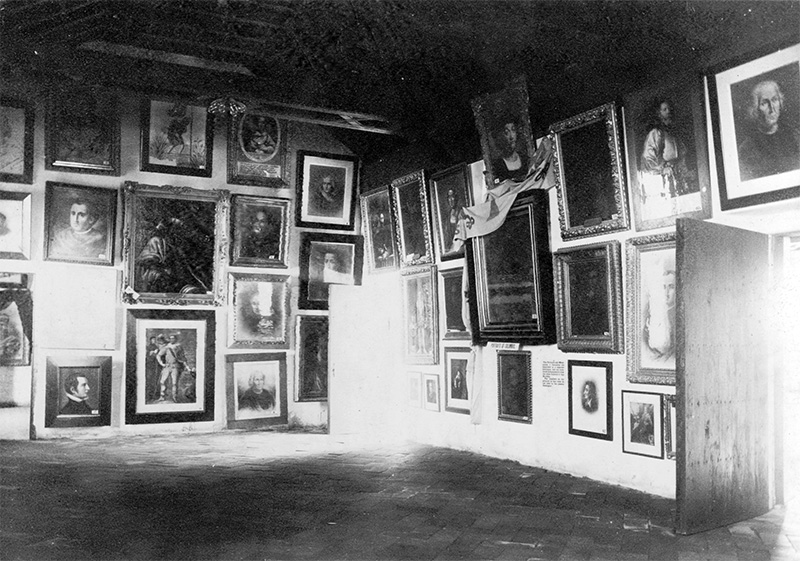
Relics of Columbus on display in La Rabida. [Image from the Library of Congress.]
“Ho-ho!” chuckled Aleck. “Look at these funny engravings of the wonders of the strange lands of the West! I suppose they were drawn from the descriptions of the curious things to be seen there, as given in the yarns of the sailors. See this whale swimming around with a ship on his back. And do look! Here near his head is a kneeling congregation and an altar, and a service is going on.”
“I wonder they didn’t build a church there too,” Nora said. “See this representation of the landing of Columbus, with the Indians coming to meet him and his followers. What queer seats they bring for them¾pieces of wood carved in the shape of beasts, with short legs!”
“But now we have reality again,” interposed Ellen. “These stones piled in a corner are the remains of the first church built upon this Continent. It was erected by Columbus at Isabella, the earliest civilized settlement. These other stones near it are all that is left of that first little city of America.”
“Observe well this old bronze bell,” said Uncle Jack; “for it belonged to that primitive church and was the first that rang the summons to the worship of the true God in the New World. When the old town was deserted for the new one of La Vega, nearer to the gold mountains of Cibao, the bell was taken too. But the latter place was destroyed by an earthquake, and for more than three hundred years this interesting relic was lost. One day a shepherd while poking about among the ruins of the ancient chapel of La Vega, found it amid a tangle of vines. The branches of a tree growing nearby had thrust themselves into the old tower, and the green boughs held the bell as in a protecting embrace. From this circumstance it is called the Bell of the Fig Tree.[1] It was taken to San Domingo where it is regarded with great reverence. The Government of the Island loaned it for the Columbian Exposition.”
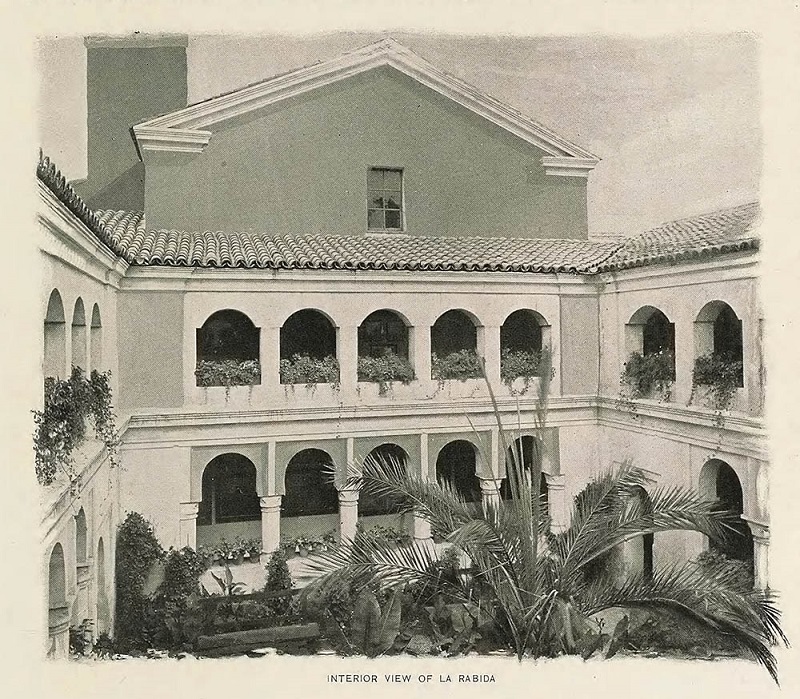
An interior view of La Rabida. [Image from Bancroft, Hubert Howe The Book of the Fair. The Bancroft Company, 1893.]
“But how soon the ovation is followed by a record of the forgetfulness of princes and the ingratitude of those who had profited most by his discoveries!” said Mr. Barrett. “Look at this old manuscript. It is the letter of Francisco Roldan, that caused Columbus to be deprived of his honors and sent home to Spain in chains. Roldan was a man whom the Admiral had loaded with favors, but his thirst for power and his jealousy caused him to seek the ruin of his benefactor. There you have the picture of this noble Christian hero in chains, and beyond, a photograph of the cruel fetters themselves.”
“And,” muttered Aleck, setting his teeth, –for somehow the sight of these things made him feel fierce, although it all happened so long ago, –“here are bits of wood from the timbers to which he was chained.”
They scanned too, the letter which he wrote to a friend at the Spanish court, complaining of the indignities heaped upon him; and felt a satisfaction in learning that it fell into the hands of Isabella, who endeavored to atone in part for the injustice done him by the Council of the Indies, which, unfortunately, too often overruled her wishes.
It was sad to remember, however, that he was never reinstated in his honors and privileges; and by the time our young people reached, at the end of one of the long galleries, the large painting that depicted his death, they understood the pathos of the story as they never had before.
Then Mr. Barrett showed them a fac-simile of the casket in the Cathedral at San Domingo, which contains the remains of Columbus; and, leading them back to the chapel, pointed out, in one of the cases over which the soldiers stand guard, a tiny crystal locket in which they saw a pinch of dust that was taken from that casket when it was last opened,–the dust of the great navigator, the hero as religious and patient, as he was adventurous and brave–Christopher Columbus.
[In Chapter 3 of The City of Wonders, the children will visit more historic reconstructions relating to European explorers who traveled to the new world.]
NOTES
[1] “it is called the Bell of the Fig Tree” The first bell ever rung in the New World was considered one of the most precious relics lent for display at the Exposition.

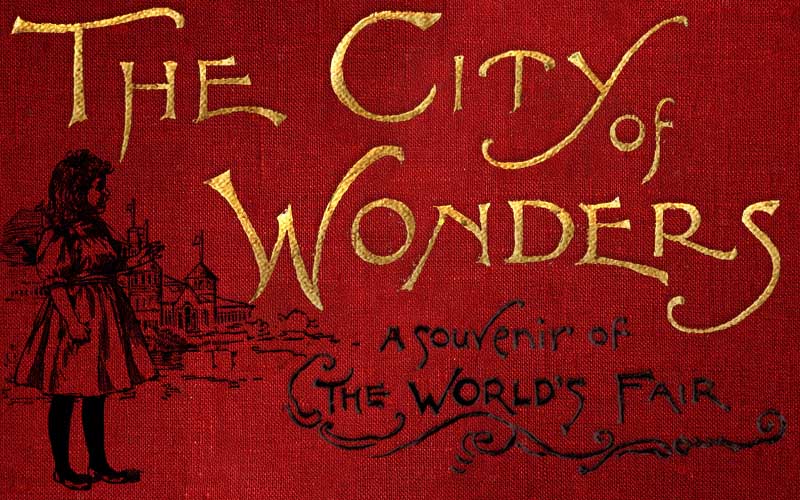
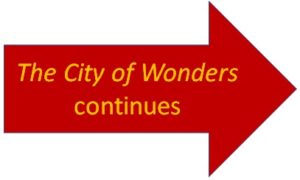
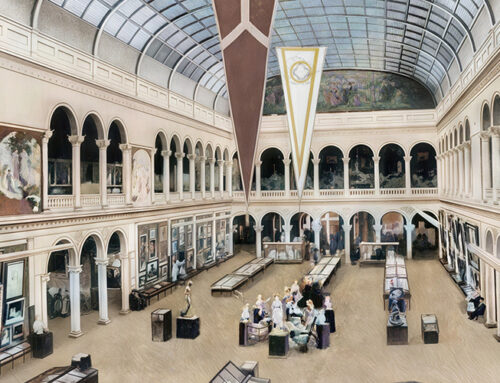
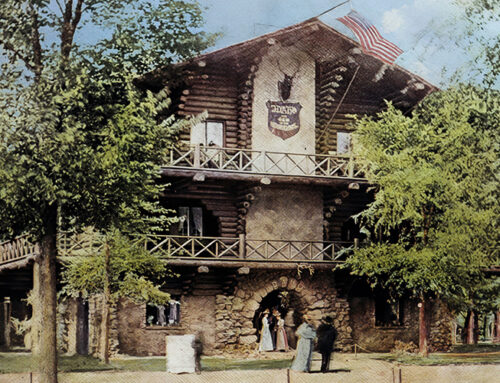
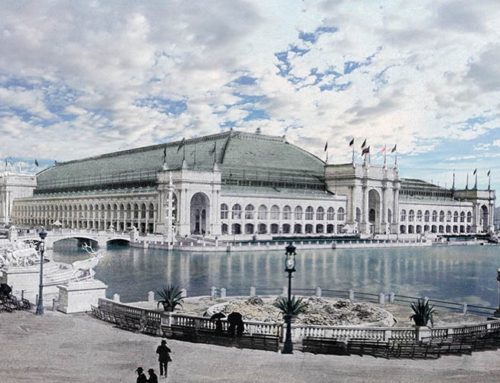
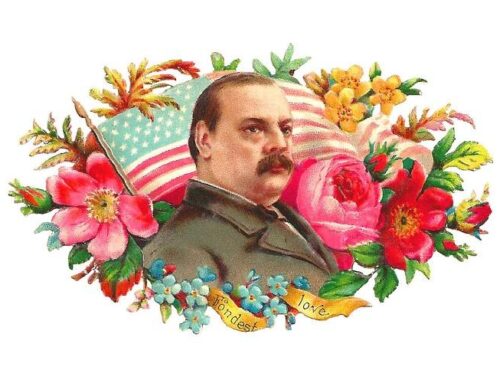
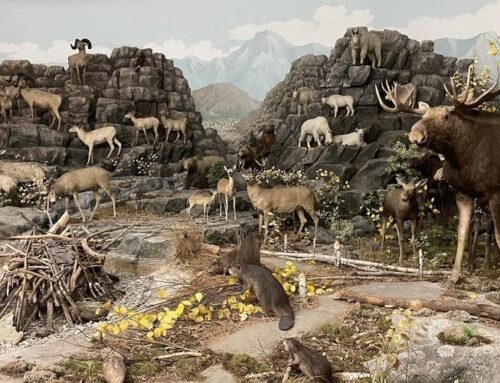
Leave A Comment